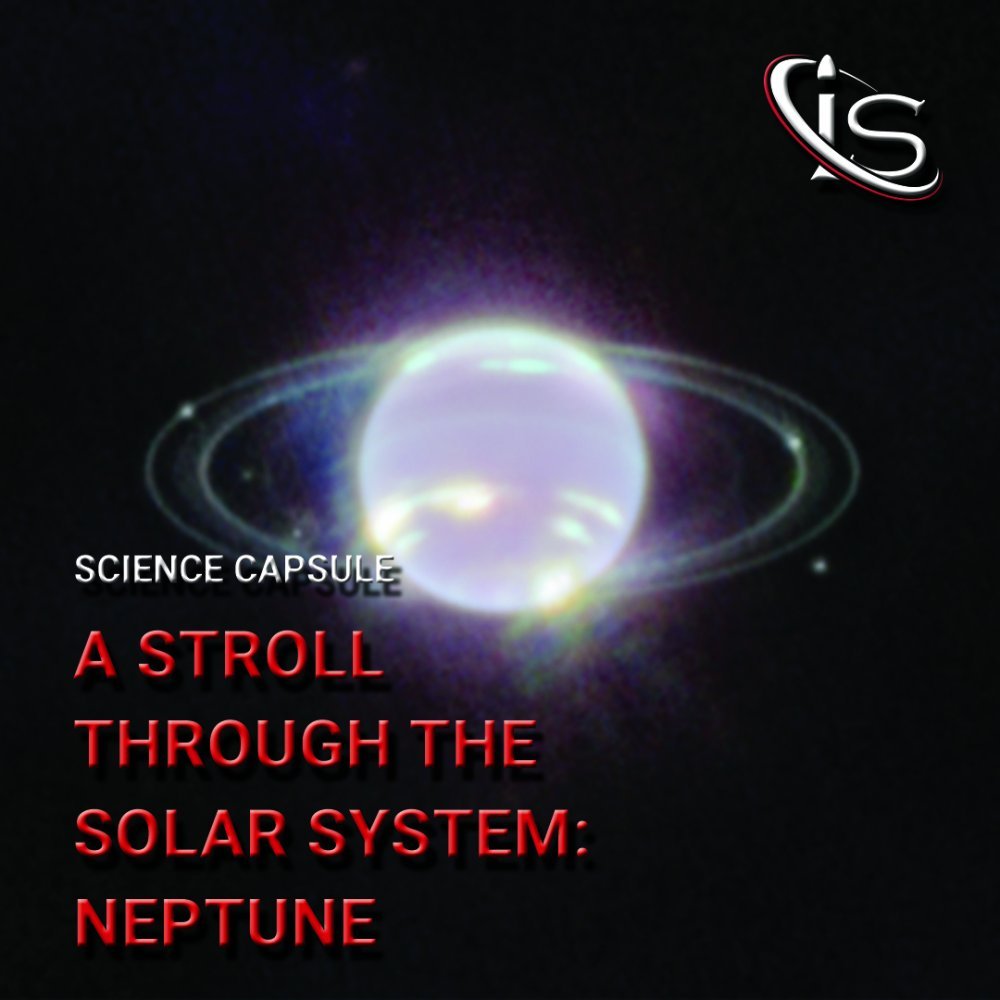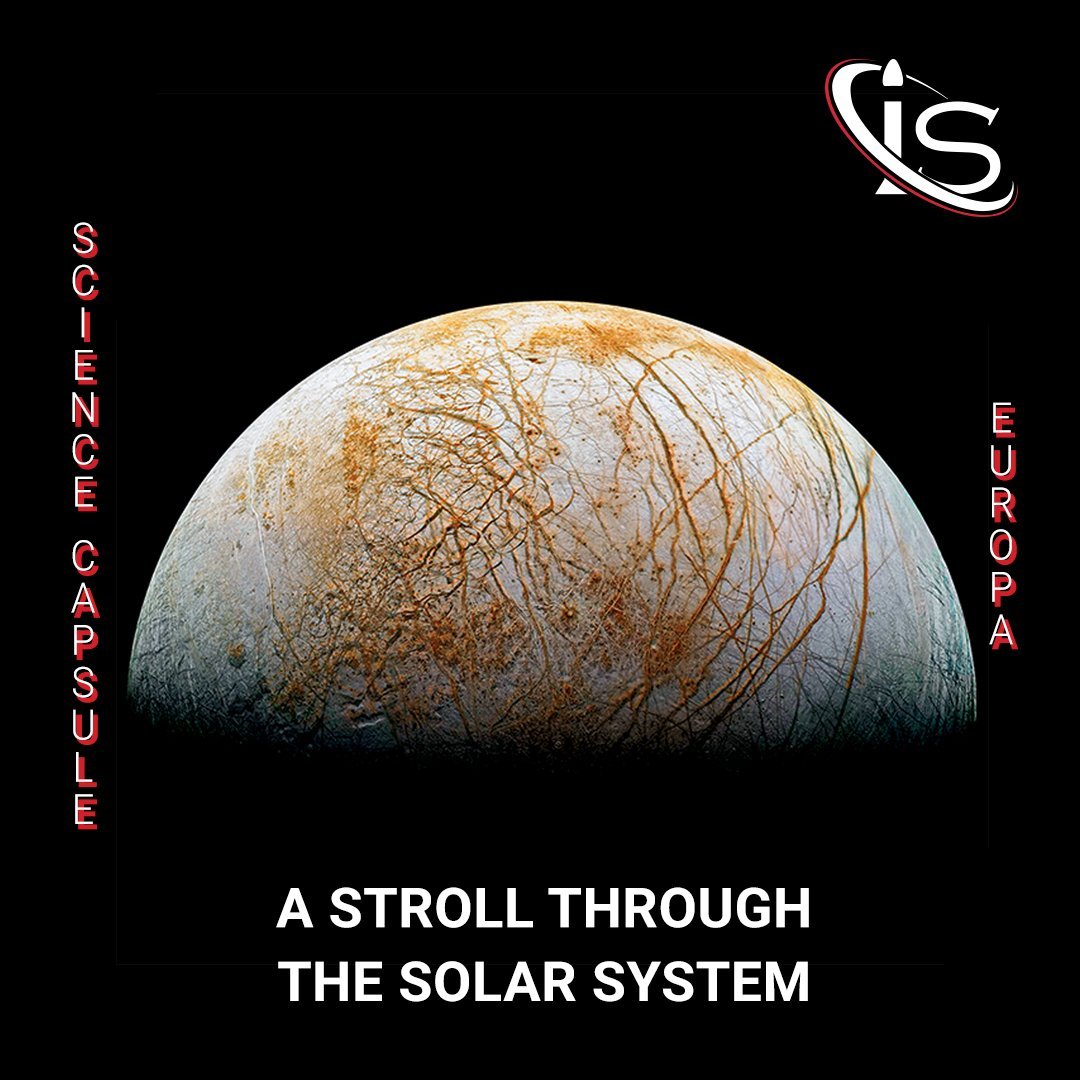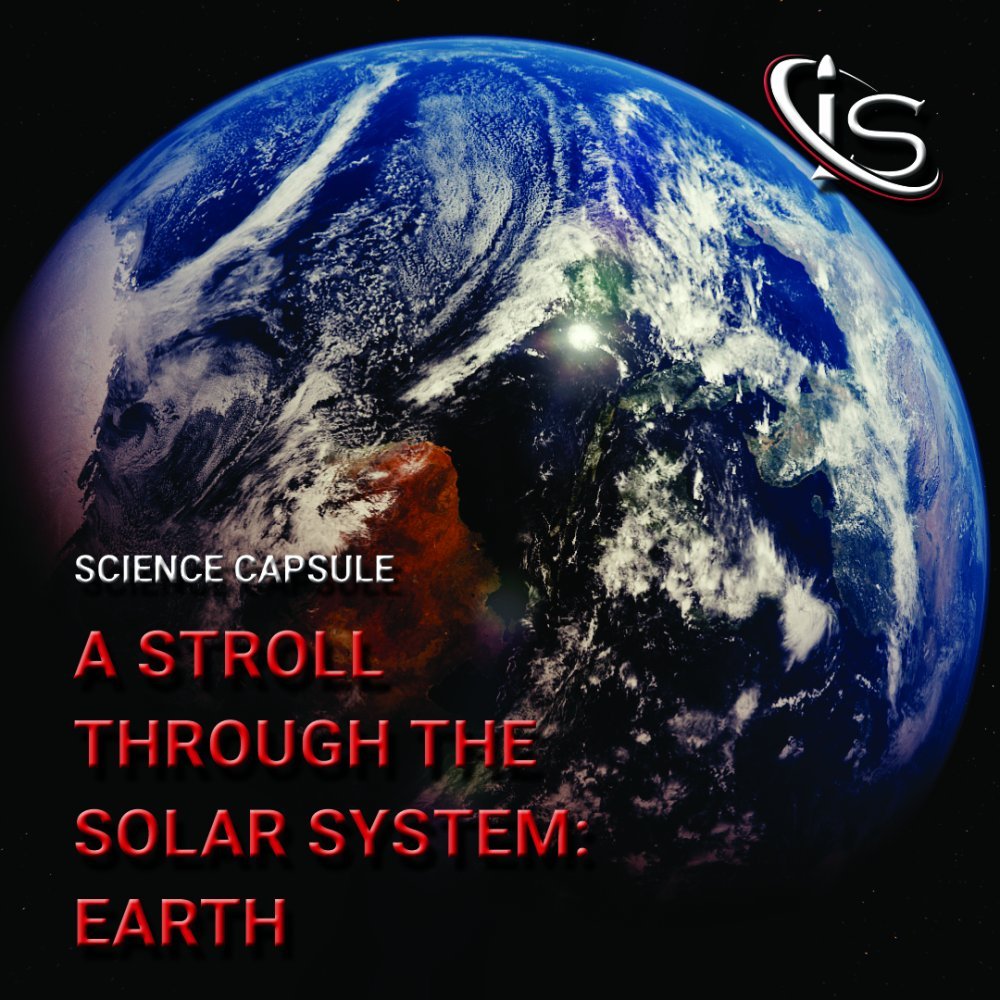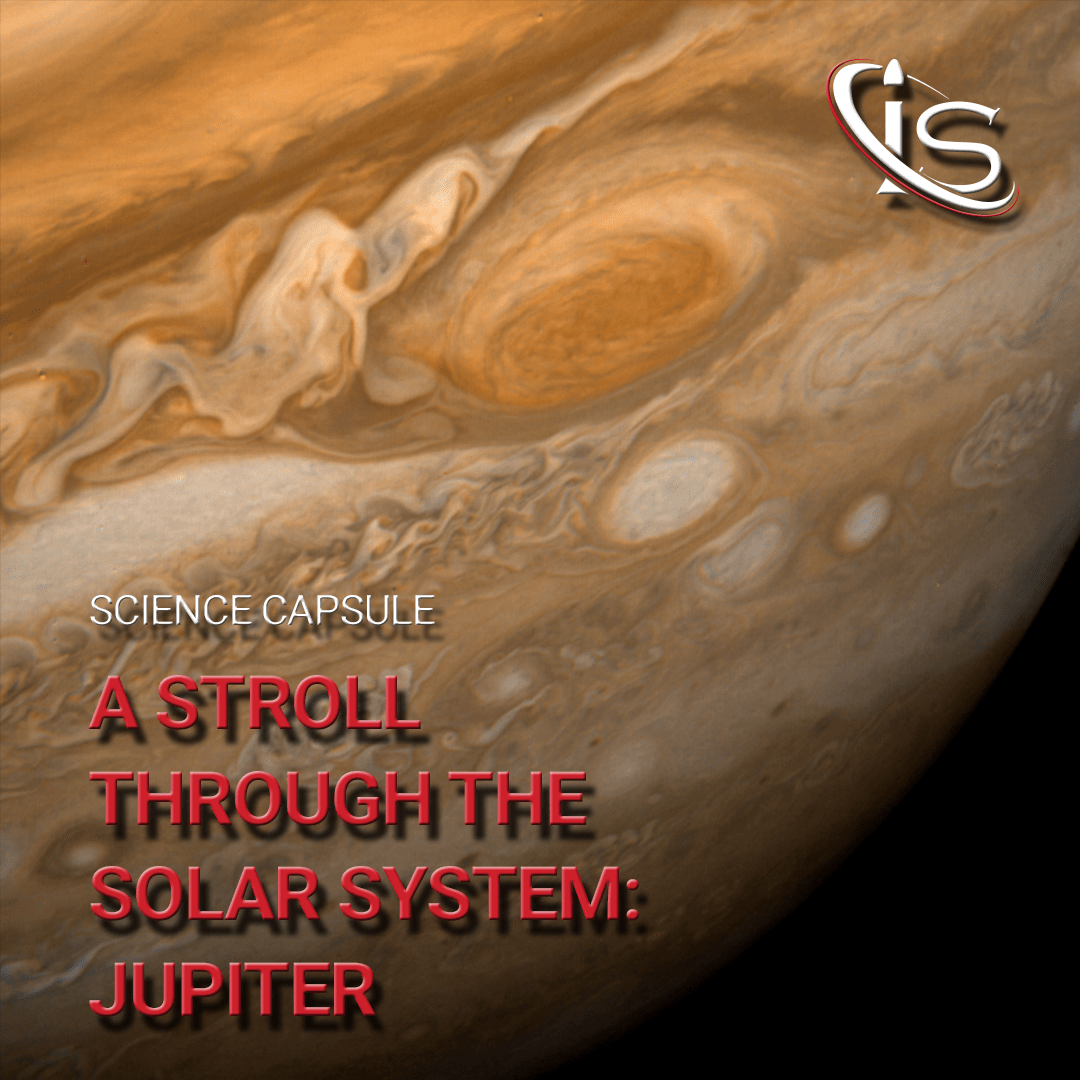Welcome back to everyone’s favorite type of stroll: the metaphoric one through an object that would be way too massive to actually traverse. After last week’s break, I would say that I feel refreshed… if not for the fact that I have an annoyingly lingering cold. In all honesty, it has not been awful, just very persistent. Anyway, let’s get back to the topic at hand. As we finished covering every single planet in our vicinity, it is now time to discuss the other celestial bodies. It seems only right, then, to begin this new epoch with the Moon, Earth’s one and only. This rocky companion serves a very important role for us, while having some rather interesting features of its own, so we have a wide array of topics to cover.
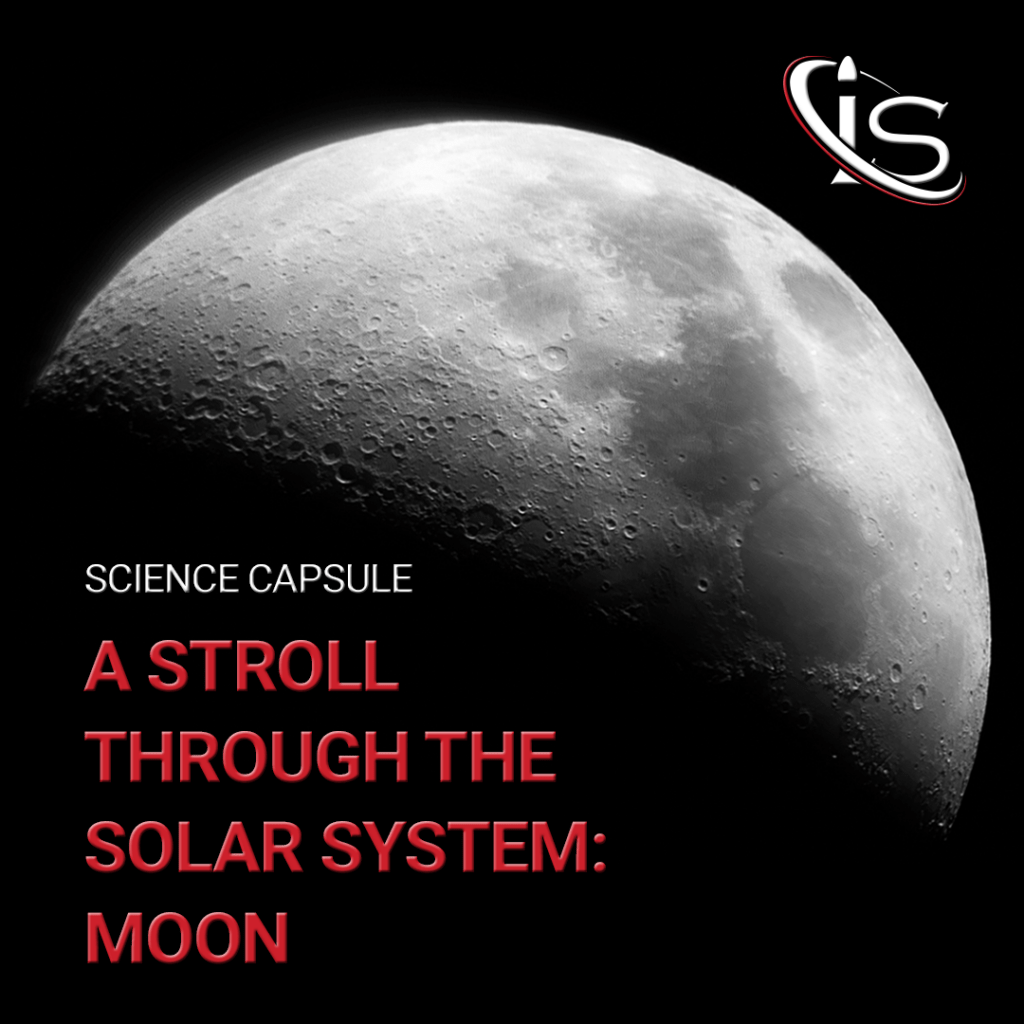
Different Day, Same Year
To kick off this capsule — which is the only thing whose kick-off I will acknowledge, as the ongoing World Cup was canceled as soon as Italy did not qualify — I have a classic segment: how time passes on today’s celestial body. However, this might be the most boring, or obvious might be a more apt term, of these snippets. After all, the Moon has the same exact year as Earth. Shocking, I know. This is due to the Moon orbiting Earth and, thus, having the same trajectory around the Sun. Well, not the exact same, as the Moon is also completing a bunch of smaller revolutions around us, but almost the same.
Where this gets more interesting, though, is the relationship between a day on the Moon and the time it takes it to complete one orbit around the Earth. As it turns out, these two quantities are one and the same. Yes, a Moon day lasts around 29.5 Earth days. This is basically the same as the 29 days required for the Moon to complete one lap around our planet.
However, I would be remiss not to mention that, in reality, it only takes the Moon 27 days to finish one orbit around us. Although, from Earth’s perspective, since the Moon is also revolving around the Sun, it appears as if 29 days elapse.
Regardless, this is also why we only ever see one side of the Moon. By having the same rotation and revolution periods, the Moon never switches which side faces Earth. This is what gives rise to the so-called “Dark Side of the Moon”.
Rocky Balboa
I was trying to think of a clever title for the section on the Moon’s surface and structure, but nothing sprang to mind. Nothing, that is, until I remembered that this is the 5th terrestrial body in our strolls. And as a rocky surface is what distinguishes these objects, using what is the 5th iteration of a beloved movie series seemed appropriate.
Crater Central
The Moon does not have a particularly dense atmosphere. Quite the opposite, in fact. Therefore, most of the asteroids and meteors that come its way land unimpeded. This has caused the surface of our beloved satellite to be riddled with craters. The biggest of which, Tycho, is 85 km wide. These strikes have also led to the Moon’s surface being covered in regolith, a mix of powdery dust and rocky debris. Underneath this is the megaregolith, which is just fractured bedrock. With the amount of blows the Moon has taken, my title seems all the more fitting.
The Moon’s surface can also be divided in maria and highlands. The maria — Latin word for seas — are dark craters that used to be filled with lava between 4.2 and 1.2 Bya. The highlands, on the other hand, are the Moon’s light features. They both are made of rocks of different ages and compositions. What is even more interesting is that these rocks provide further evidence that the Moon’s crust may have, initially, crystallized from an ocean of magma. This might be the geologist in me talking, but that sounds really cool. And hot, at the same time. If you are surprised by the obvious pun, then this must be your first time here. Welcome and please do take some time to read and enjoy the rest of our capsules.
The Moon’s craters also provide a great way to analyze the impact history of both this celestial body and the inner Solar System as a whole.
Solid Structure
Much like Earth, the Moon can be broken up into 3 components: the core, mantle, and crust. The core is smaller than the norm for an object of this size, with the inner part being only 240 km. This iron inner section is surrounded by a liquid iron shell of 90 km, which itself is covered by a 150 km, semi-molten layer.
The mantle connects this partially molten layer to the crust and is believed to consist of minerals like pyroxene and olivine. These minerals are composed of magnesium, iron, oxygen, and silicon atoms, which are very common in Earth’s mantle, as well.
Finally, we have the crust, which has a varying thickness of 70 and 150 km on the near-side and far-side hemispheres, respectively. It is made up of many of the same elements as the mantle, with some interesting additions, such as calcium and aluminum. There are also traces of other atoms here, including thorium, which is an element I had not heard of prior to this stroll.
As a final geological bonus fact about its structure, the Moon used to have active volcanoes on its surface. However, they have all been dormant for millions of years.
Atmosphere and Magnetosphere
This section does not have a creative title, mostly because there is not a whole lot to say here. The Moon’s atmosphere is an exosphere, similar to Mercury’s. Therefore, it provides little protection from the Sun’s rays or, as we have seen, incoming meteorites. It also leads to wild temperature swings, as the Moon will reach 127°C, when in full Sun, but plummet to -173°C, when in darkness.
Its magnetosphere is not particularly noteworthy either, as its current magnetic field is thousands of times weaker than Earth’s. This may, however, have been different in the Moon’s early days, as there might have been an internal dynamo and resulting global magnetic field. Alas, all we know for certain is that this is not the case today.
A Long-Distance Relationship
When hearing this dreaded term, long-distance, our minds immediately jump to the conclusion that it simply cannot be done. I, for one, believe that this is not the case. Sure, these relationships may require more effort; but, if the people involved are right for each other, long-distance is not the relationship killer we all make it out to be. In fact, I have seen these relationships work and thrive with my own eyes. So, if you are currently in this type of situation with someone truly special, do not give up. It really can work out.
Anyway, the Earth and Moon are pretty distant from each other. Does that alone justify the long spiel I just went on? Definitely!
In all seriousness, these two objects might be far apart, but their relationship is a very close one.
A Lucky Break
For anyone wondering how we got our celestial companion, the answer is quite intriguing. Way back in the beginning of the Solar System, Earth and a Mars-sized body collided. The resulting debris then coalesced into a new celestial object. One that would be the subject of science and science-fiction, alike. I am, of course, talking about the Moon. At a distance of 340,000 km from Earth, this new mass started to solidify. From a molten magma ocean to the solid rock we know today, our satellite was finally born. And what a crucial moment that proved to be.
With a size much larger than most satellites in proportion to their planet, the Moon has proved to be invaluable to our survival. Not only does it give rise to the tides here on Earth, but it also provides some much-needed stability to our planet’s wobble. Without the Moon, Earth’s climate would be a lot more volatile — and a lot less hospitable.
All this would not be possible if not for the freak way in which the Moon formed. Once again, the size of our satellite is not normal when compared to the planet it is orbiting. So, without that fateful collision, we would not have gotten such a helpful companion, since Earth’s gravitational pull would not have been enough to ensnare an object this large.
As a little fun fact, I would also like to mention that the Moon is moving further and further apart from us. So much so, that we lose a couple centimeters every year! Okay, that may not seem like a big deal… and it mostly is not. Still, the moon has moved 400 km further from Earth than its original position, so those centimeters do pile up. Eventually.
Life on the Moon
And now, it is time for another recurring segment: is there life on this celestial body? The answer for the Moon is no… but there is water.
For a long time, the Moon was thought to be arid. However, in 2008, the Indian mission Chandraayan-1 proved that there were hydroxyl molecules on the lunar surface, with a particular concentration along the poles. Since then, many more mission have been launched to delve further into this topic. These have revealed high concentration of ice water in the regions of the lunar poles that are permanently shadowed. They have also shown that the water trapped inside the lunar surface is released when struck by micrometeoroids.
The culmination of this research, so far, happened in 2020. In the month of October, NASA’s Stratospheric Observatory for Infrared Astronomy (SOFIA) confirmed the presence of water on the sunlit part of the Moon. This meant that water may not be restricted to only the cold regions of this celestial body, after all.
Given all these discoveries, and the proximity to our planet, it should come as no surprise that the Moon has been touted numerous times as a potential future colony for humanity.
A Deity by Any Other Name
To end today’s stroll, I have my personal favorite recurring segment. That is right, we are back with the mythological origins of a celestial object. And when it comes to the Moon, they are a bit confusing.
The English name Moon, does not have any Greco-Roman mythological tie ins. However, its Italian/Latin counterpart, Luna, does. In Roman mythology, Luna was the name of the goddess of the Moon, which makes a lot of sense. Where things start making less sense is the actual mythology behind this figure. Depending on the myth, Luna could be an actual goddess, an aspect of the diva triformis (Roman triple goddess), or only an epithet for another goddess, since both Diana and Juno were referred to as goddesses of the Moon. So, I suggest picking the version you like the best and sticking with it. Or, if you are a fan of Greco-Roman culture like me, you can look further into the nuances behind all this and try to keep everything straight. Good luck.
And with that, I will leave you for today. We will be back with another stroll next Wednesday, exploring either Jupiter’s moons, from Io to Europa, or Pluto and Ceres, decision still pending. In the meantime, you can peruse our website for the other science and technical capsules and all the incredible (if I do say so myself) features that we offer. See you all on the next stroll!
